The idea
People are raving about my first Seville marmalade, which tastes sour, complex, and not-too-sweet. The goal is to make the next batches just sweet enough to store and keep for a year. In other words, I need to understand the pectin reaction (which requires both sugar and acid), as well as the minimum sugar content I need for storage longevity. We don't like things too sweet. I process using hot water immersion, so I'm not worried about pathogens. However, mold or discoloration could happen over time (e.g. a few months), if I don't get a minimum sugar content.
Time to break out the lab equipment. My marmalade laboratory has a great pH meter, and a fantastic Atago PAL-alpha refractometer. The former measures acidity, the latter measures sugar content in %. Let's see how to use them.
High-acidity foods ( pH < 4.6 ) are easy process, using the Boiling Water Bath method. In fact, marmalades are so acidic and sweet, no boiling water bath is required. I like to do it anyway.
Recall pH is a logarithmic scale from 1 to 14, where low numbers are acidic, and high numbers are alkaline/base. Distilled water is neutral, kind of like zero, corresponding to pH = 7.00. As you can see from the measurements below, we are well below pH 4.6, so it is relatively easy and safe to make marmalades. It's a great place to start canning! Here is a great summary of pH vs. processing method. Generally, tomatoes/sauces/salsas are risky, since tomatoes vary and are not quite acidic enough. Don't can those without careful measurements and careful processing!
So, food-safety is not an issue. Flavor and gel-consistency are the tricky parts.
Some measurements
BTW: All these measurements were very repeatable. I saw changes of only +/- 1 in the least significant digit.
Next, let's measure my Seville marmalade. This has ~60% sugar content and a pH of ~4.25. My target for the next batch is 66%, or +10% more sugar. This is above the 65% minimum for long-term storage.
My marmalade tastes sweeter than the Icelandic marmalade, but interestingly mine tastes more sour. The Icelandic has lower pH and should taste more sour. Our mouths are not that well calibrated, I guess. If you intend to can a lot of stuff, and store it for a year, then precise measurements make a difference!
I like to test calibration after using and cleaning the meter. That way I know I cleaned the goopy marmalade and can store it. For now, I'm labeling the marmalades with the measurements too.
The real science part (geeks only?)
Supposedly, I didn't have enough acid or sugar for correct gelling. Mine shouldn't have gelled at all, even with added pectin. Hmmmm. I do recall adding extra pectin, and also I reversed the process by adding sugar before pectin. The correct order is to add the pectin first, then the sugar. The full mixture is boiled for a few minutes anyway.
I've modified the Icelandic recipe, with 5x more sugar, added lemon, and added pectin. The recipe has a boiling and 24-hour soaking stage, so that extracts a lot of natural pectin. Citrus and apples are naturally high in pectin.
Anyhow, this time, I'll try to get the pectin reaction working more exactly. From the summary, pectin gelling is best in the middle of the ranges: 2.4 < pH < 3.6 and 60% < sugar < 70% . I'll add some more Seville orange juice (quite sour) and some more lemon juice. I'm going to measure the pH of the various juices before combining them too. What fun!
Finally, I'm going to make two batches. I'll combine the fruit, juices, and rinds, then boil and soak them. Then I will separate into two halves after the 24 hour soak. The first half, I'll add sugar to 66%, and extra acid, if needed. If it tastes too sweet after processing, then I'll use less sugar in the second batch. That second batch will be only for immediate consumption.
The lab starts on Tuesday, so my friend Praveen can help with the science on Wednesday. He's visiting for a code-a-thon. It's going to be a geektastic week! :)

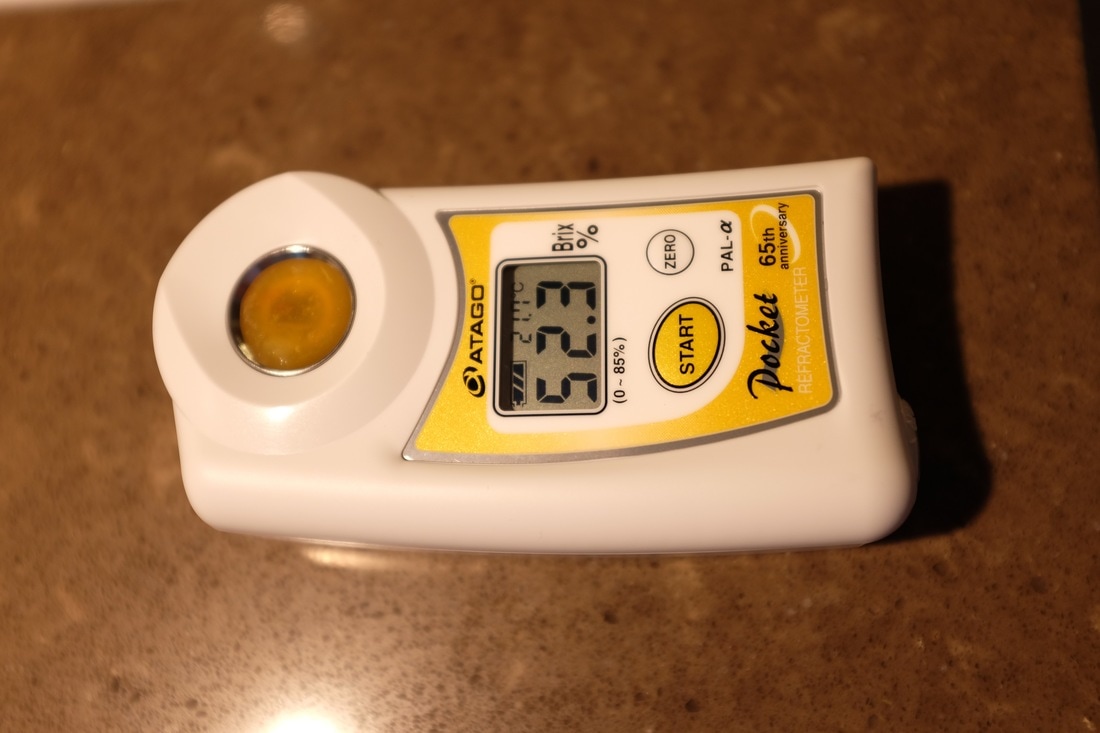
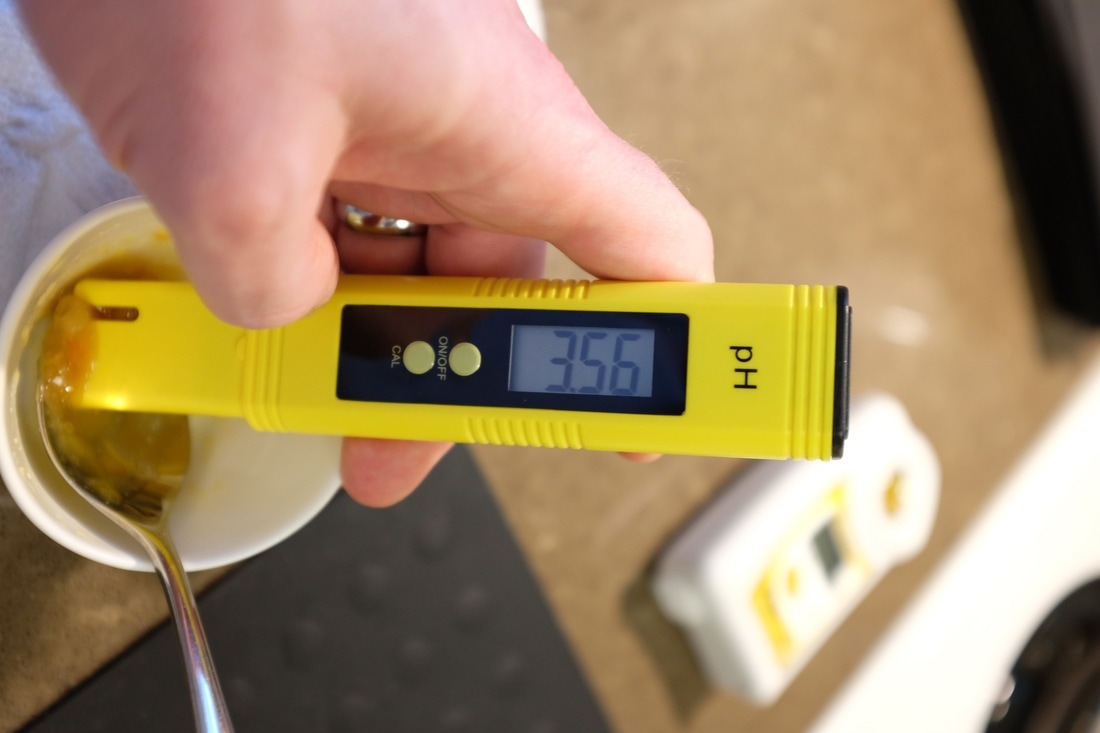
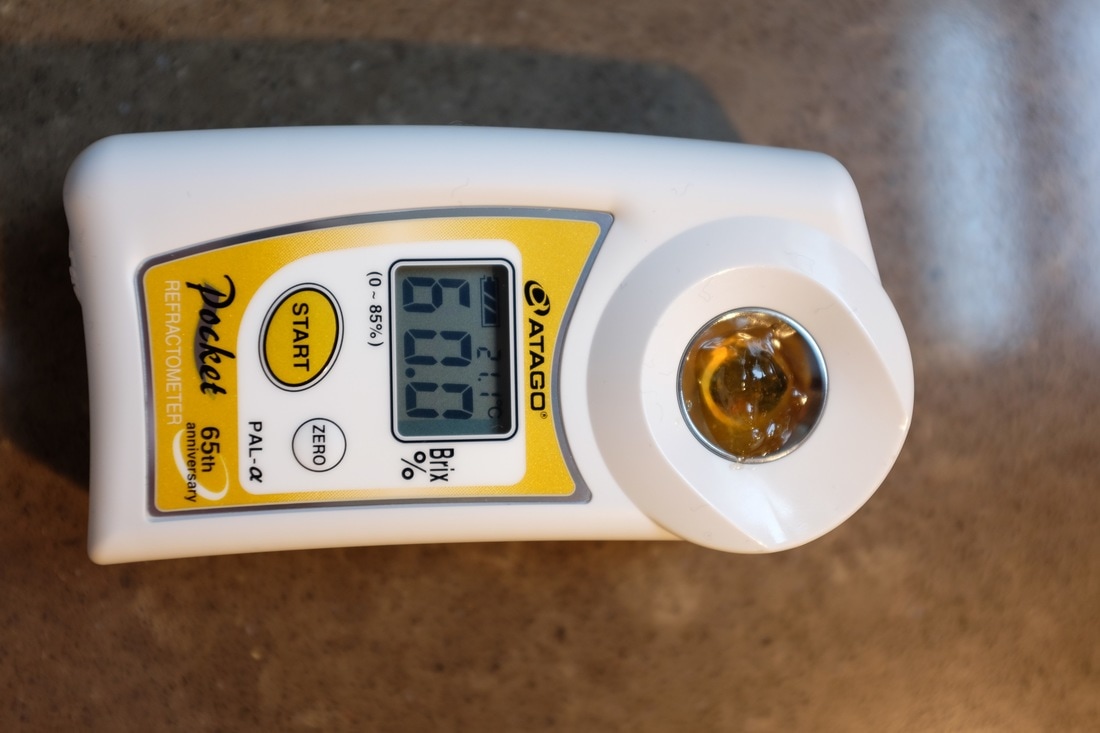

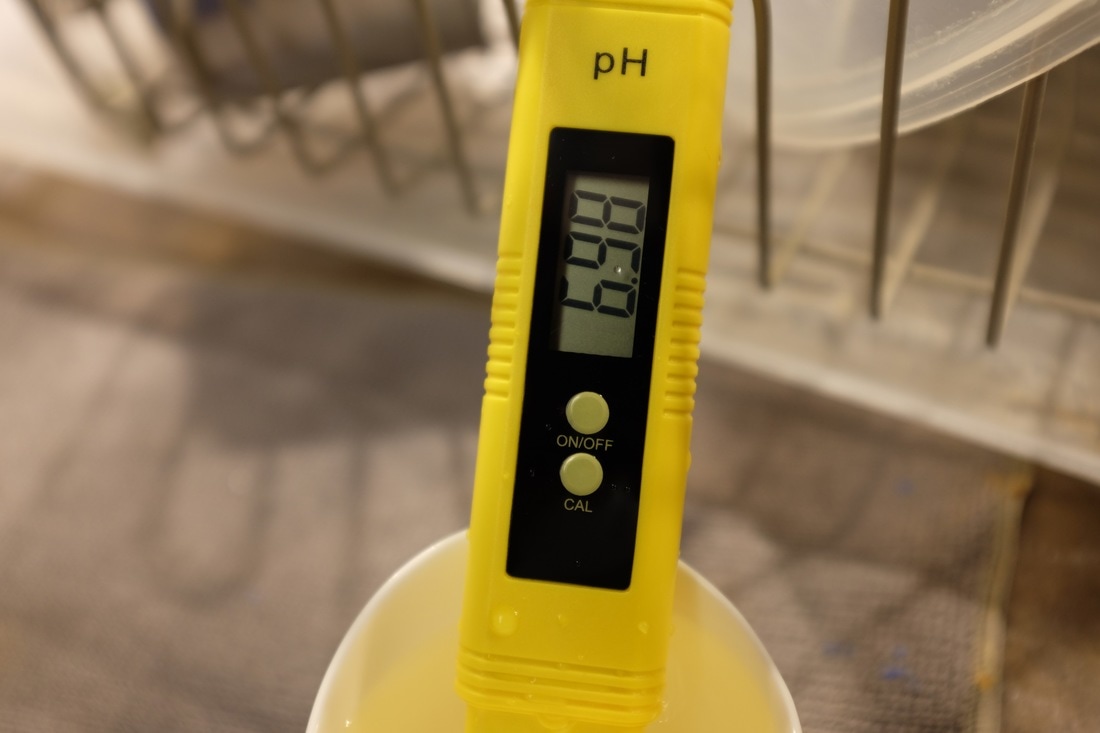
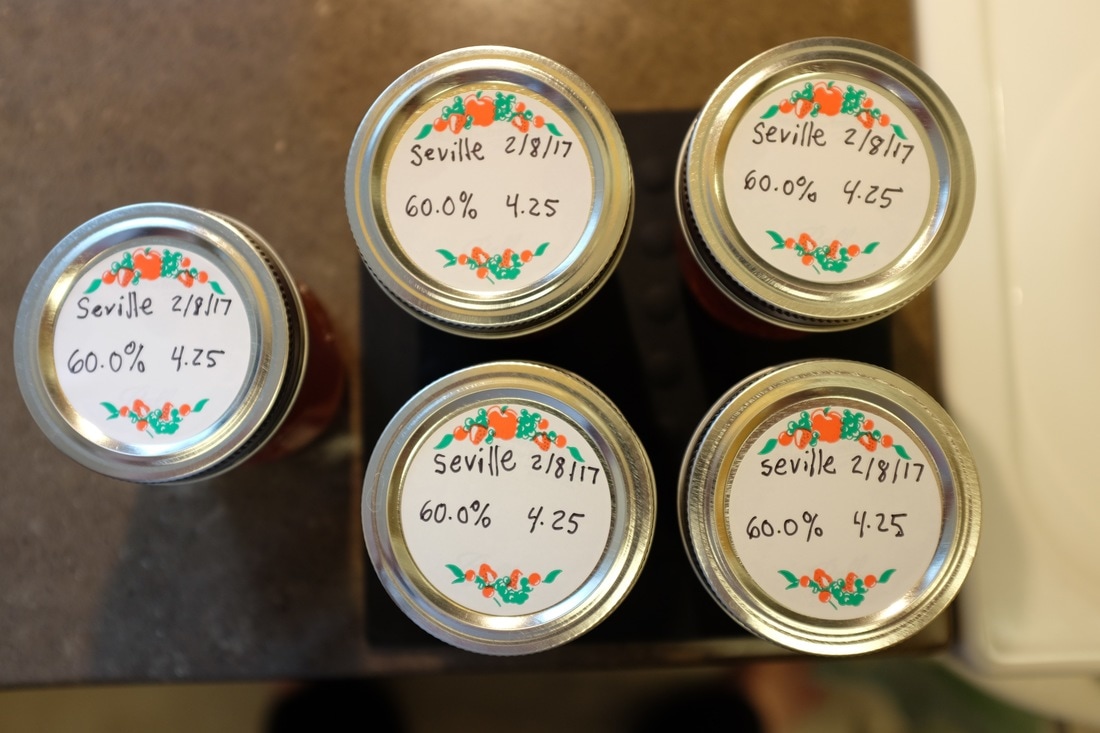
 RSS Feed
RSS Feed